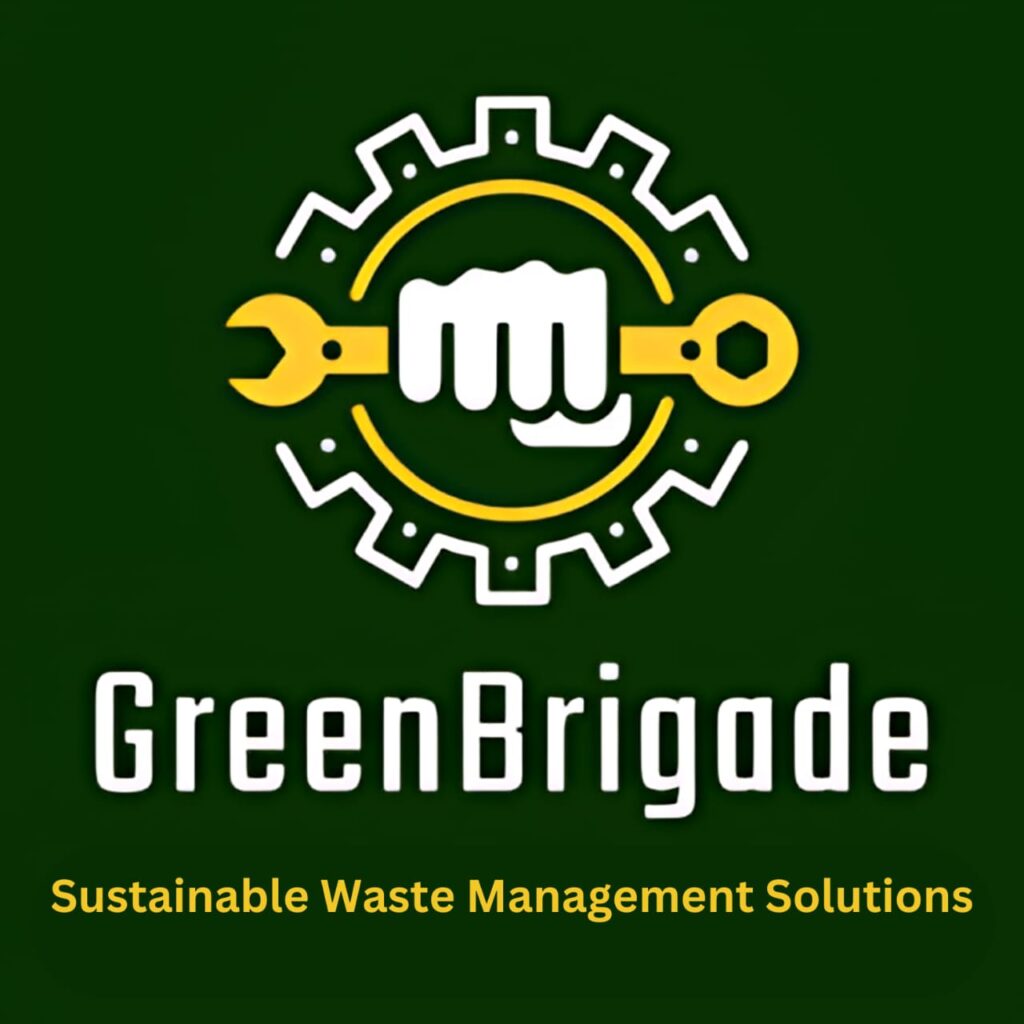such as food waste, due to the dietary habits and waste management practices. In contrast, MSW in Western countries often has a higher percentage of paper, plastics, and packaging materials, reflecting their consumption patterns and recycling systems.
Unsegregated waste often ends up in landfills or is incinerated. In landfills, it decomposes anaerobically, releasing harmful greenhouse gases like methane. Incineration, on the other hand, leads to air pollution and the loss of potentially recyclable materials. Both methods pose significant environmental and health hazards.
G-Sortex handles mixed municipal solid waste, which includes a variety of materials such as food waste, plastics, cardboard, metals, and other household and industrial waste components.
Automated segregation ensures efficiency, consistency, and safety. Manual segregation is labor-intensive, hazardous, and often inefficient. Automation protects workers from exposure to harmful waste and significantly improves the segregation process’s speed and accuracy.
The end products are two segregated streams: Biodegradables (food waste and wet waste) and Non-Biodegradables (plastics, polymers, metals, etc.). These can be further processed into useful products like manure, biogas, RDF (Refuse-Derived Fuel), and recycled sheets for furniture.
Output efficiency is measured by the percentage of correctly segregated materials compared to the total input. This involves assessing the purity of the segregated streams and the amount of contamination remaining in each.
While 85% segregation efficiency is significant, we aim to constantly improve our systems. This level of efficiency substantially reduces the volume of waste sent to landfills and maximizes the amount of material available for recycling and reuse.
Achieving 100% segregation is extremely challenging due to the heterogeneous nature of waste. However, G-Sortex strives to achieve the highest possible efficiency through continuous innovation and technological advancements.
The dry output, consisting of non-biodegradables, can be recycled into products like RDF for cement kilns, recycled sheets (WoW Boards), and materials for plastic roads. This ensures a zero-waste system by converting waste into valuable resources.
Items such as hazardous waste, large metal objects, and electronic waste should not be fed into the machine. These items require specialized handling and disposal methods.
Our machines are installed in various municipal waste management facilities, industrial complexes, and large residential communities. Specific installation locations can be provided upon request.
G-Sortex significantly reduces landfill waste, lowers greenhouse gas emissions, and promotes recycling and reuse of materials. This contributes to environmental protection, resource conservation, and public health improvement.
While Trommels are useful for certain types of waste separation, they lack the efficiency and sophistication of G-Sortex in handling mixed waste streams. G-Sortex offers higher segregation efficiency, better handling of diverse waste types, and more versatile output options.
Optical sorters are effective for specific types of waste but may not handle the diverse and complex nature of mixed municipal waste as efficiently as G-Sortex. G-Sortex combines multiple technologies to achieve comprehensive segregation with high efficiency.
While the initial investment in G-Sortex may be higher compared to traditional methods, the long-term benefits such as reduced waste management costs, resource recovery, and environmental impact make it a cost-effective solution. Additionally, the fast ROI (less than 2 years) further enhances its value proposition.

© 2024 Green Brigades